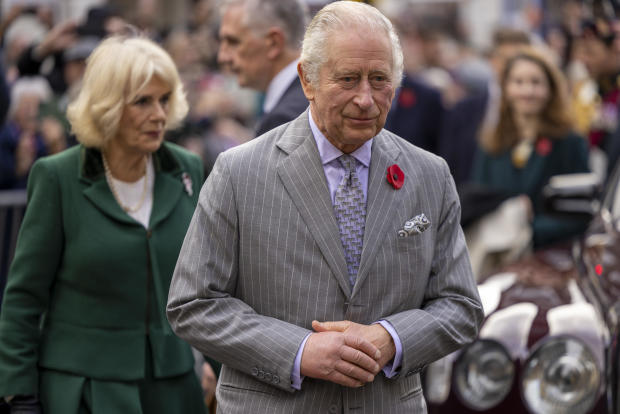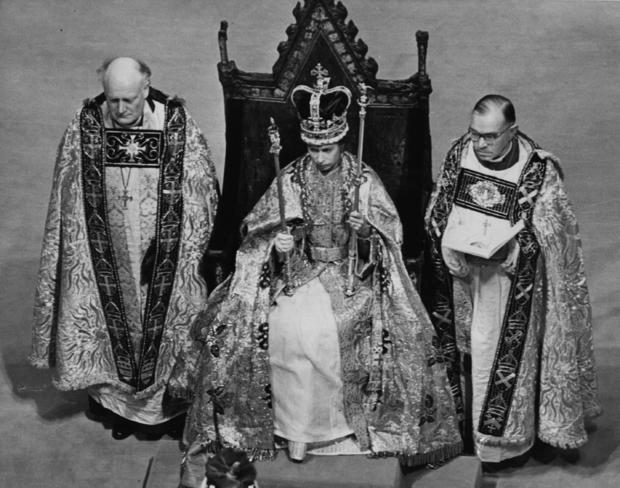He’s been Britain’s reigning monarch since September last year, but King Charles III and his Queen Consort, Camilla, will be formally crowned this spring in a coronation ceremony steeped in centuries of tradition — with a few small tweaks expected for the modern age. Below is a look at what we know so far about the ceremony being planned by Buckingham Palace:
When will King Charles be crowned?
King Charles III will officially be crowned on Saturday, May 6, alongside Camilla. The date was agreed upon by the U.K. government, the Church of England and the royal household.
To celebrate, people in the U.K. will be given a public holiday, though because the coronation will take place on a Saturday, the national holiday will be on Monday, May 8.
Celebratory lunches will be held across the U.K. and other Commonwealth countries that weekend, and on May 7, a concert will be performed at Windsor Castle.
Where will the coronation take place?
The coronation will take place at Westminster Abbey, where the ceremony has been held for the last 900 years. It will be conducted by the Archbishop of Canterbury, Justin Welby.
King Charles and Camilla will travel to Westminster Abbey from Buckingham Palace as part of “The King’s Procession.” After the service, they will return to Buckingham Palace in another procession, this time joined by other members of the royal family, known as “The Coronation Procession.”
Once they arrive at Buckingham Palace, the senior members of the royal family will make an appearance on the balcony.
What happens during the coronation?
Coronation ceremonies came out of an historic need to bring stability to European monarchies amid competing claims to their thrones, as well as traditions of church involvement in the state. They do not take place immediately after the death of the previous monarch to allow time for the country to grieve. The ceremony is largely religious, and it does not bring King Charles any further privileges as the monarch, which he has been since the moment his mother died.British coronations involve an Anglican Church service.
Once inside the Abbey, traditionally the events take place as follows: the Recognition, the Coronation Oath, the Anointing, the Investiture and the Enthronement and Homage. During the Recognition, the monarch is presented to the people in attendance. During the coronation of Queen Elizabeth II, Charles’ mother, in 1953, trumpets sounded after she was presented to each side of the abbey, and people exclaimed “God save the Queen.”
The only part of the coronation ceremony that is required by law is the Coronation Oath. The exact wording of the oath has varied over the centuries. Queen Elizabeth II swore to rule the U.K. and Commonwealth countries according to law, exercise justice with mercy and maintain the Church of England. It is expected that King Charles’ oath will be similar, though he is expected to recognize all faiths.
After the oath, Charles is expected to be anointed with holy oil by the Archbishop of Canterbury, who will pour the oil onto a spoon and anoint Charles’ hands, head and breast. Then, Charles will be given the royal robe, the orb, the coronation ring, the sceptre and the rod of his position. St. Edward’s Crown will be placed on his head.
After King Charles is crowned, his Queen Consort, Camilla, will be crowned, before the final procession back to Buckingham Palace.
Who pays for the coronation?
The coronation is paid for by the U.K. government because it is a state event.
This article was first published in CBS News . All contents and images are copyright to their respective owners and sources.













